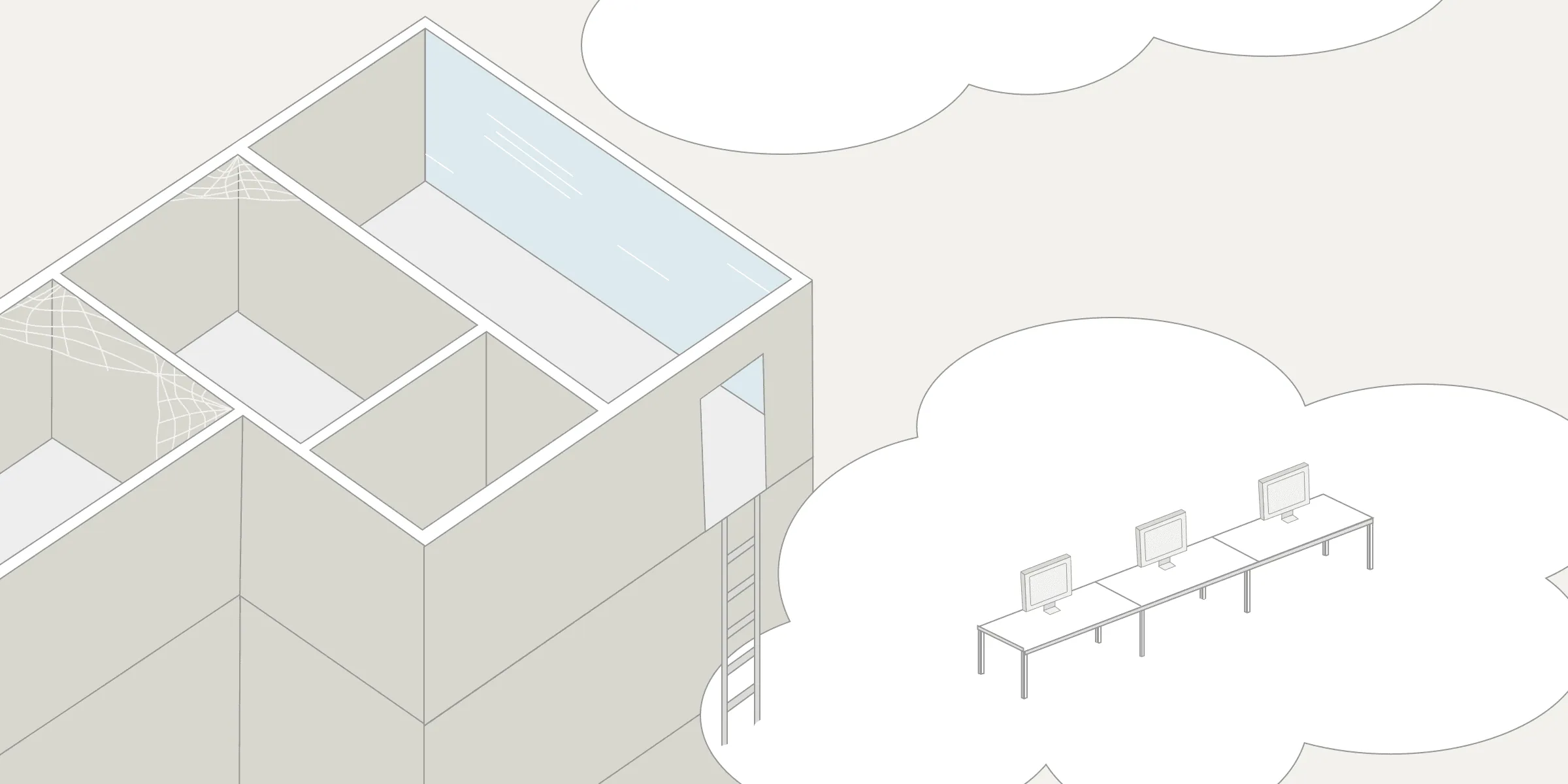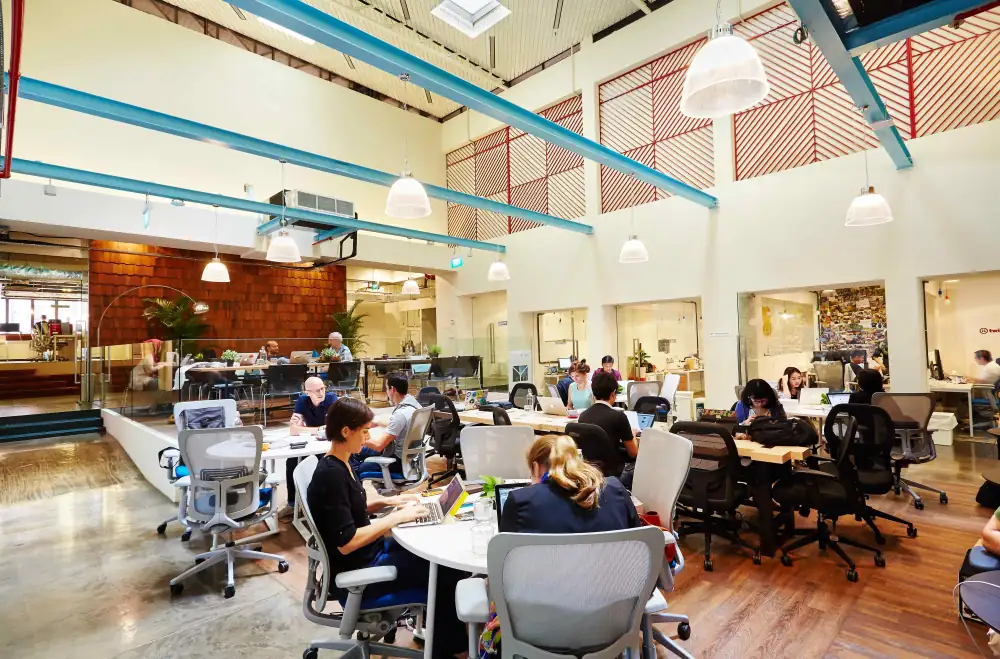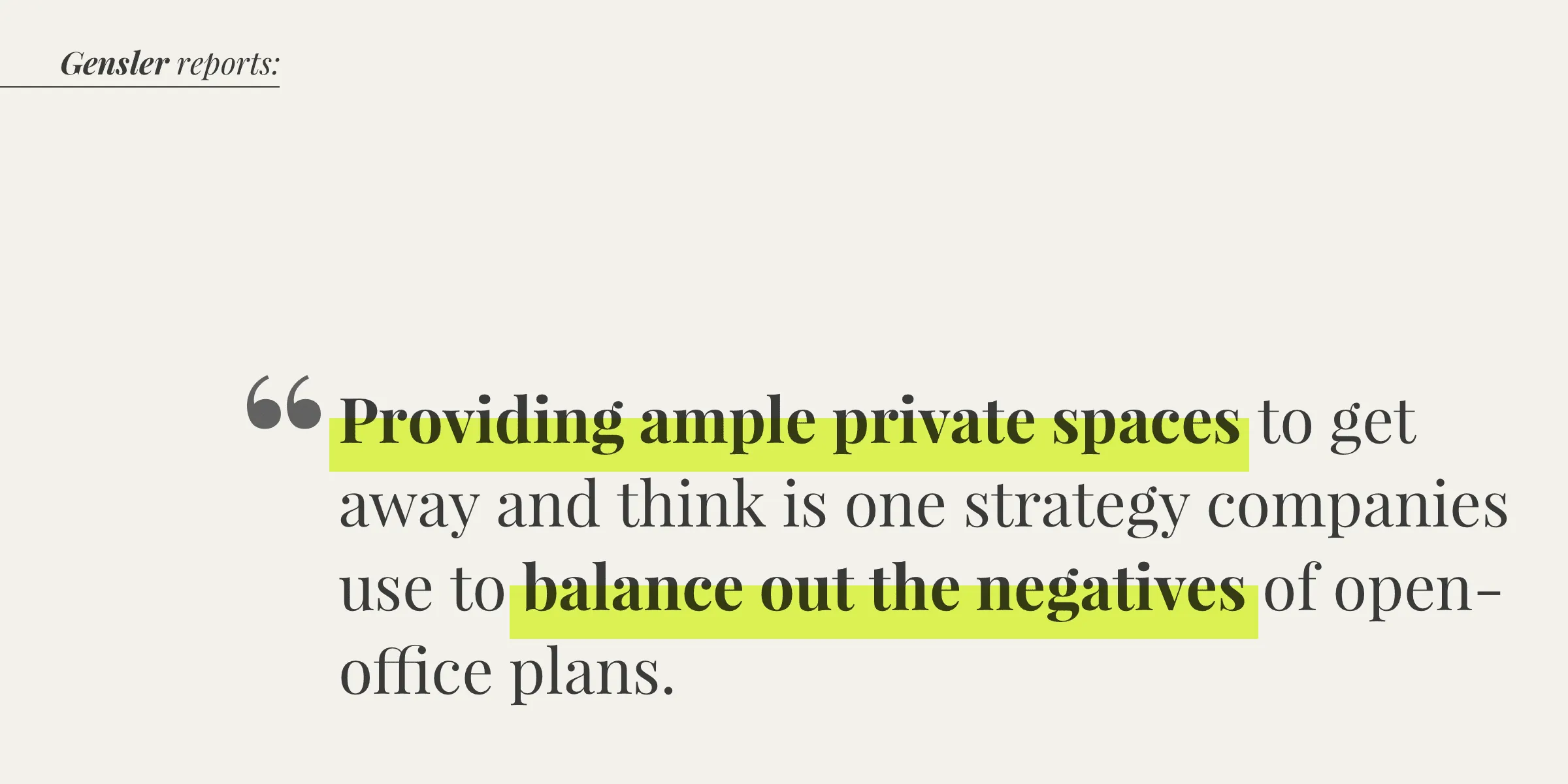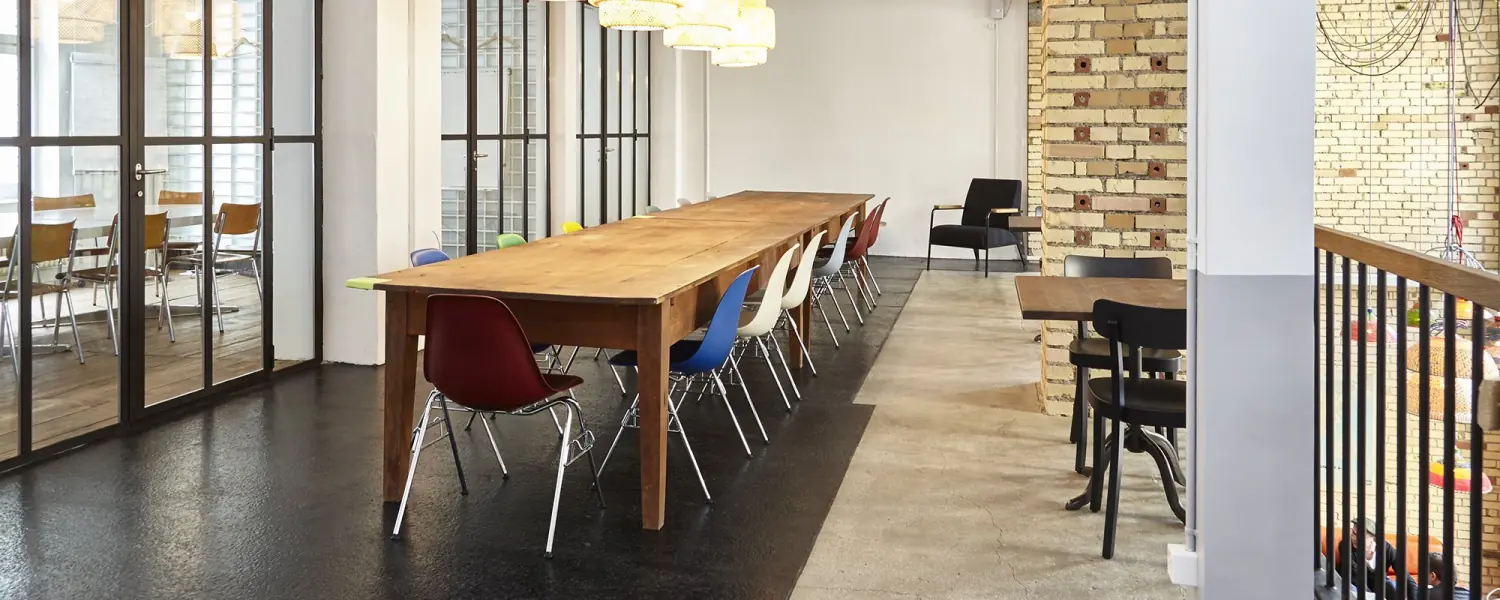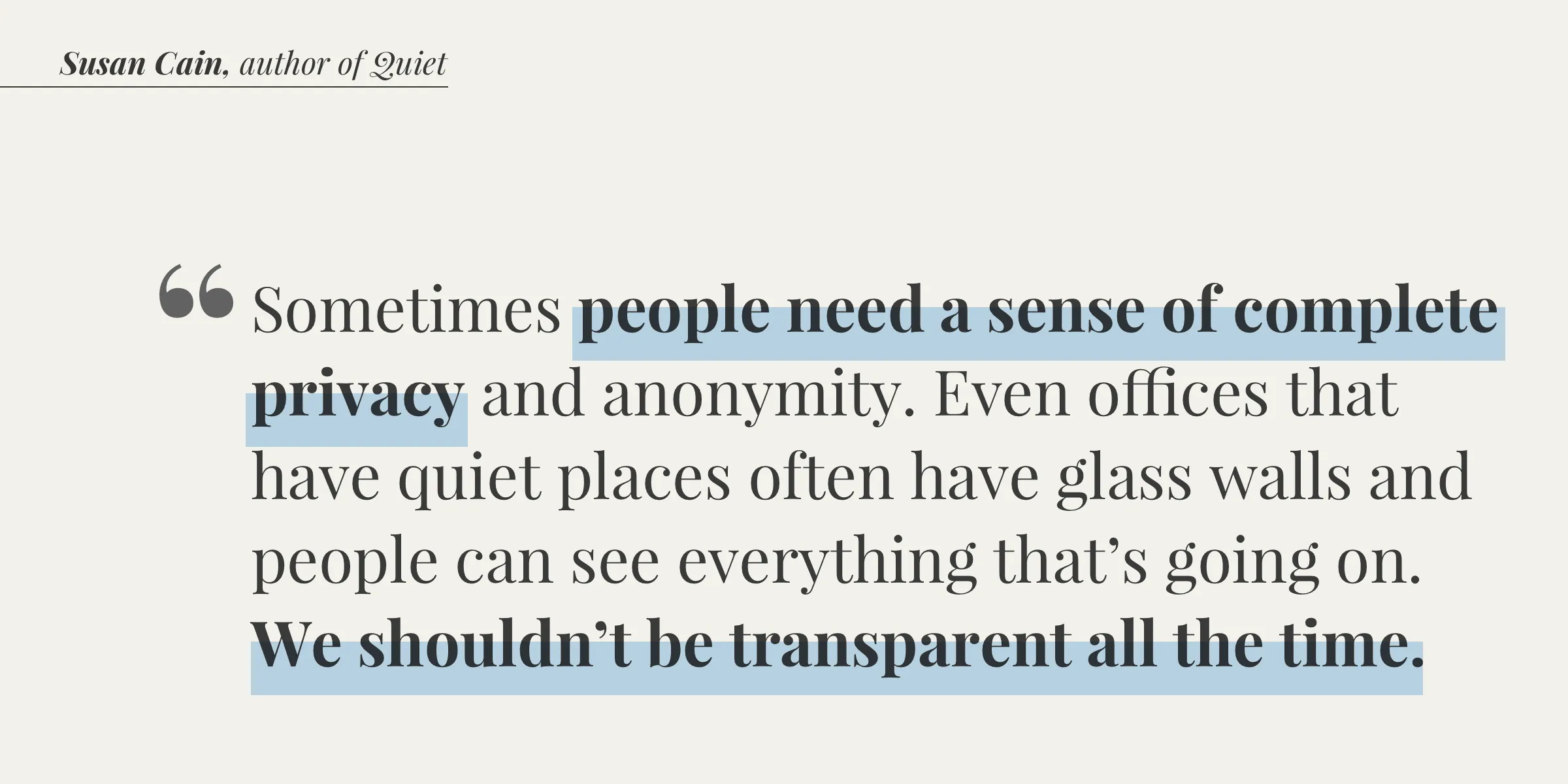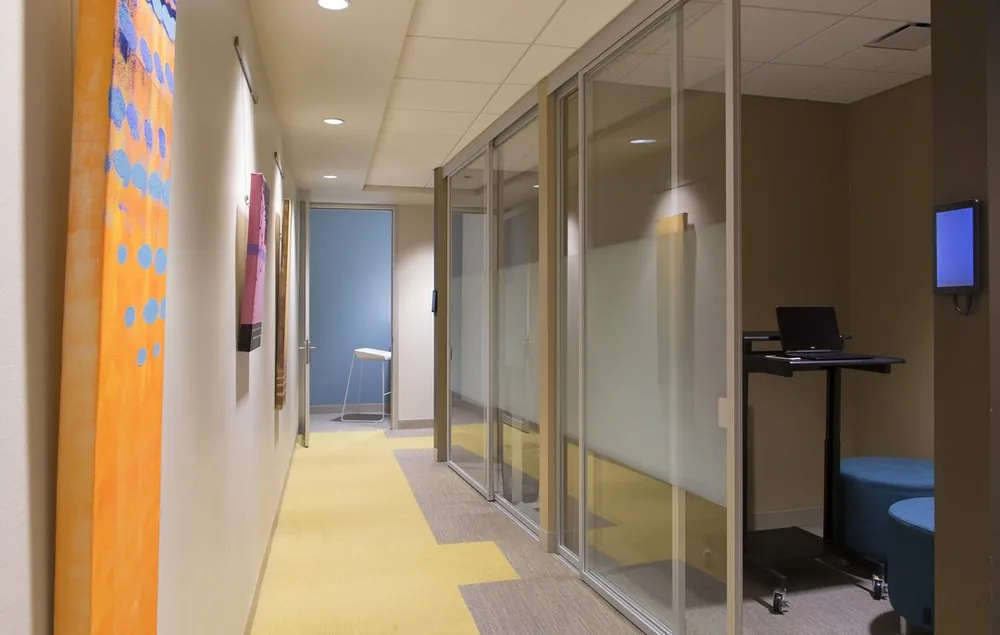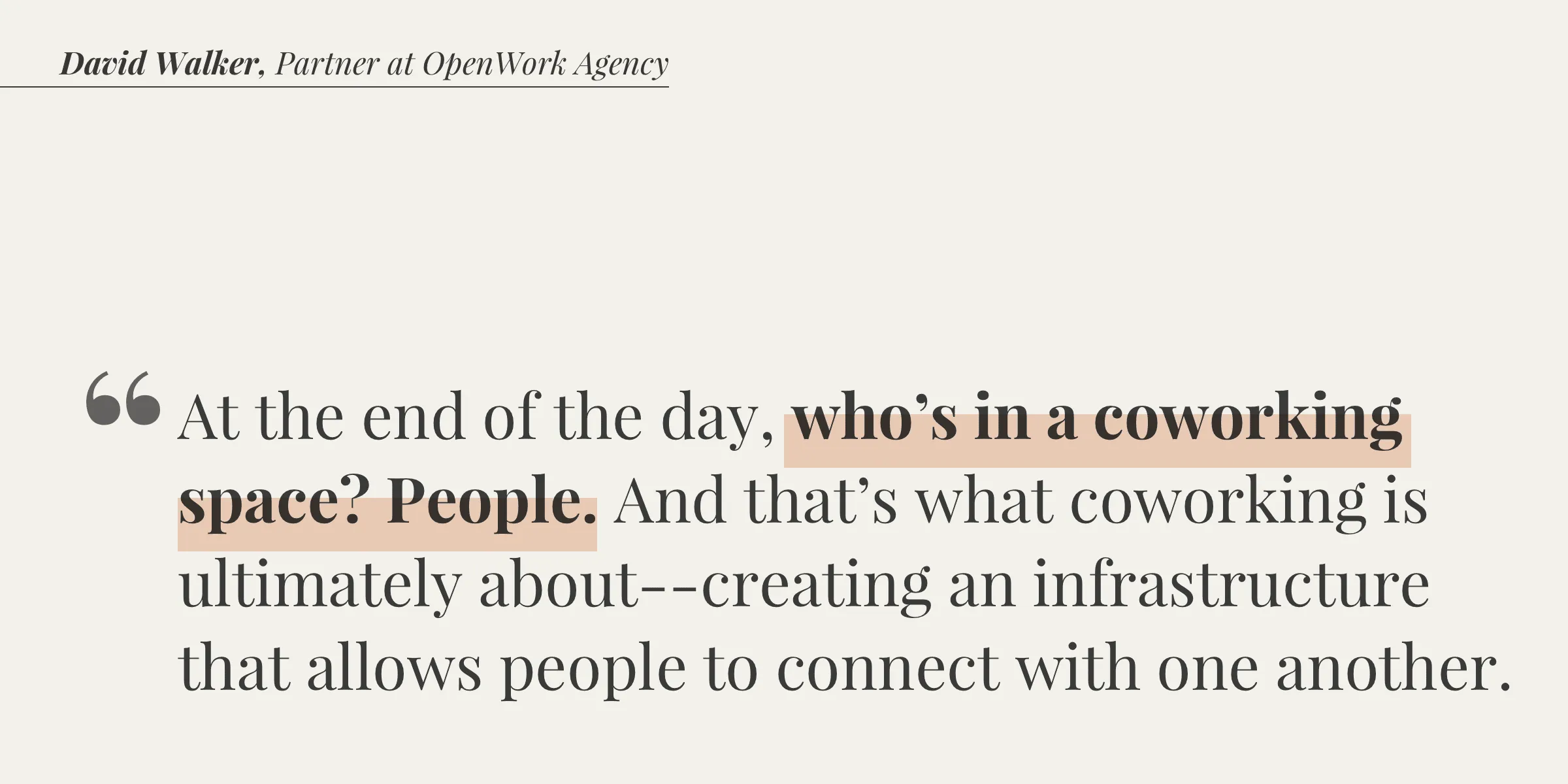The public condemnation of the open office
It should come as no surprise that the open office model is very much the norm in the modern workplace landscape. In fact, an impressive 70% of American employees work out of open offices. While the open office comes with a number of positive attributes, such as increased transparency, sense of community, increased opportunity for collaboration, and access to natural light, a poorly-designed open office can create a myriad of problems for the modern worker.
We’ve all seen the sensationalist headlines condemning the open office. The Washington Post chose to lambast a certain tech titan with their article, titled “Google got it wrong. The open-office trend is destroying the workplace.” The New Yorker detailed the perils of the “Open Office Trap.”
“Though multitasking millennials seem to be more open to distraction as a workplace norm, the wholehearted embrace of open offices may be ingraining a cycle of underperformance in their generation.”
But is the “open office” really the issue? Or is it simply a convenient scapegoat for those looking to point fingers?
A brief history of the ups and downs of office design
Did you know that open offices are nothing new? In fact, they were a cutting edge idea way back in the early 1900’s. Scientific American published a fascinating history of office design, and shared some interesting insights into how the Westernized office underwent a transformation from sectioned-off to open floor plan and back again:
“In the early 20th century modernist architects such as Frank Lloyd Wright saw walls and rooms as downright fascist. The spaciousness and flexibility of an open plan, they thought, would liberate homeowners and office dwellers from the confines of boxes. But companies took up their idea less out of a democratic ideology than a desire to pack in as many workers as they could.”
This suggests that some of the blame lies in corporations sacrificing the needs of their employees for the good of saving a few bucks. However, there’s evidence to support that the worker shoulders some of the collective “blame,” too.
A wonderful article published by HBR provides some valuable insights into the evolution of the workplace which further echo this ping-ponging effect. The only true constant? Workers wanting what they don’t have.
“In 1980 our research found that 85% of U.S. employees said they needed places to concentrate without distractions, and 52% said they lacked such spaces. In response, thousands of high-walled cubicles took over the corporate landscape. By the late 1990s, the tide had turned, and only 23% of employees wanted more privacy, 50% said they needed more access to other people, and 40% wanted more interaction.”
At this point, the late 1990’s are already two decades in our past… but the trend of waffling worker desires carry on to today. Research done by Gallup in 2016 found that just 6% of employees say they would switch jobs to have access to open workstations, while 41% would switch to have a personal workspace.
Clearly, something’s got to give.
So how do you create the perfect coworking space?
If we’ve learned anything from the trials and tribulations of the traditional office, it’s that the design of the physical space alone can’t be the enemy. We’ve all heard the cliche definition of insanity as doing the same thing over and over and expecting different results. This means continuing on this never-ending cycling of building up walls only to tear them down again is a fool’s errand.
It seems the natural solution is to find a happy medium. That means building an office outfitted with open workspaces as well as private areas for more focused and/or collaborative work. And ensuring both types of space are optimized.
Optimize shared spaces by reducing distractions
Shared spaces can (and should) remain a fixture of the coworking space. They foster collaboration, community, and remain more agile and flexible than individual workstations. They simply require some tweaks to ensure they’re serving their purpose. The most effective change? Noise-proofing. In fact, according to HOK:
“In environments with white noise, or sound masking, employees report improvements of up to 38% for the performance of simple tasks and 27% for complex tasks.”
When you think of a “cool” office space, you’re probably picturing it as sleek and modern. Maybe it’s in a refurbished warehouse, featuring concrete floors, heritage brick walls, and high ceilings. It’s a stunning space…but it’s also a veritable playground for sound. In offices filled with hard surfaces, sound becomes a pinball full of limitless energy. Explore adding some NRC ceiling tiles or a sound masking system that employs white or pink noise.
Optimize private spaces by building up some real walls
Step into a modern office, and you might start to believe we have an allergy to solid walls. Glass has become a “wonderful” solution to make the overall space feel more open while still creating some sense of separation. But if we try to have it both ways, everyone loses.
This is especially apt in a coworking space. At the end of the day, those who work in a coworking space are often completing focused work in silos, but would simply rather do that work near others. From time to time, they’ll need to put their head down and power through something and sometimes, an open office doesn’t feel conducive to that and never will.
When individuals feel the need to retreat to an enclosed private space, they often need just that–privacy. Design your office to take into account not only auditory distractions, but visual distractions as well. Using glass as walls helps make the whole office feel more open, but at the cost of true privacy. It can create a bit of a “fishbowl effect,” and often defeats the purpose of retreating to private space in the first place. Consider using solid walls. Even a band of frosted glass can make a world of difference.
Perpetuate an etiquette agreement focused on personal responsibility
Recently, a colleague shared a New Yorker article she’d come across in which a journalist new to coworking gave it a try. He shared his opinions in a piece titled “The Tricky Etiquette of Co-Working Spaces.” Spoiler alert–he hated it.
It seemed clear he didn’t quite “get” coworking, but I was having a hard time putting my finger on why…until I got to this paragraph: “When a man and a woman in their late 30s sat across from me at [the shared table] and started a lengthy and unfascinating conversation about sponsored ads, I did not, as I wanted to, assail them with a mock bumper ad by holding up an index card that read, “Have you considered oral surgery and its promise of temporary silence?” Rather, I waited two minutes and then moved to a distant table.”
Etiquette is indeed the culprit for distraction here, but ironically not in the way the author intended. Because while the two in conversation should be held responsible for disrupting the quiet of the shared space, the author holds blame too.
Create a culture where everyone respects those around them. That means keeping your voice down when in conversation within earshot of others or relocating your conversation to a quiet space away from the crowd. But it also means those feeling disrupted to not simply quietly fume and get on their high horse for holding back a snarky response. It requires those disrupted to either speak up, take themselves into a quiet space, or let it go.
Foster a tight-knit community
An office can be designed perfectly, but remain sub-par because of the way employees use it. But a coworking space? A coworking space is only as good as the people in it and the internal community created. Case closed. An article by DeskMag found that the key differentiator between a successful coworking space and one that fails is whether they were able to bolster a compelling, authentic sense of community.
And a successful community makes you feel a sense of pride in your space. It makes a business feel more like a cooperative. And with that naturally comes an added sense of responsibility which gives way to mutual respect.

